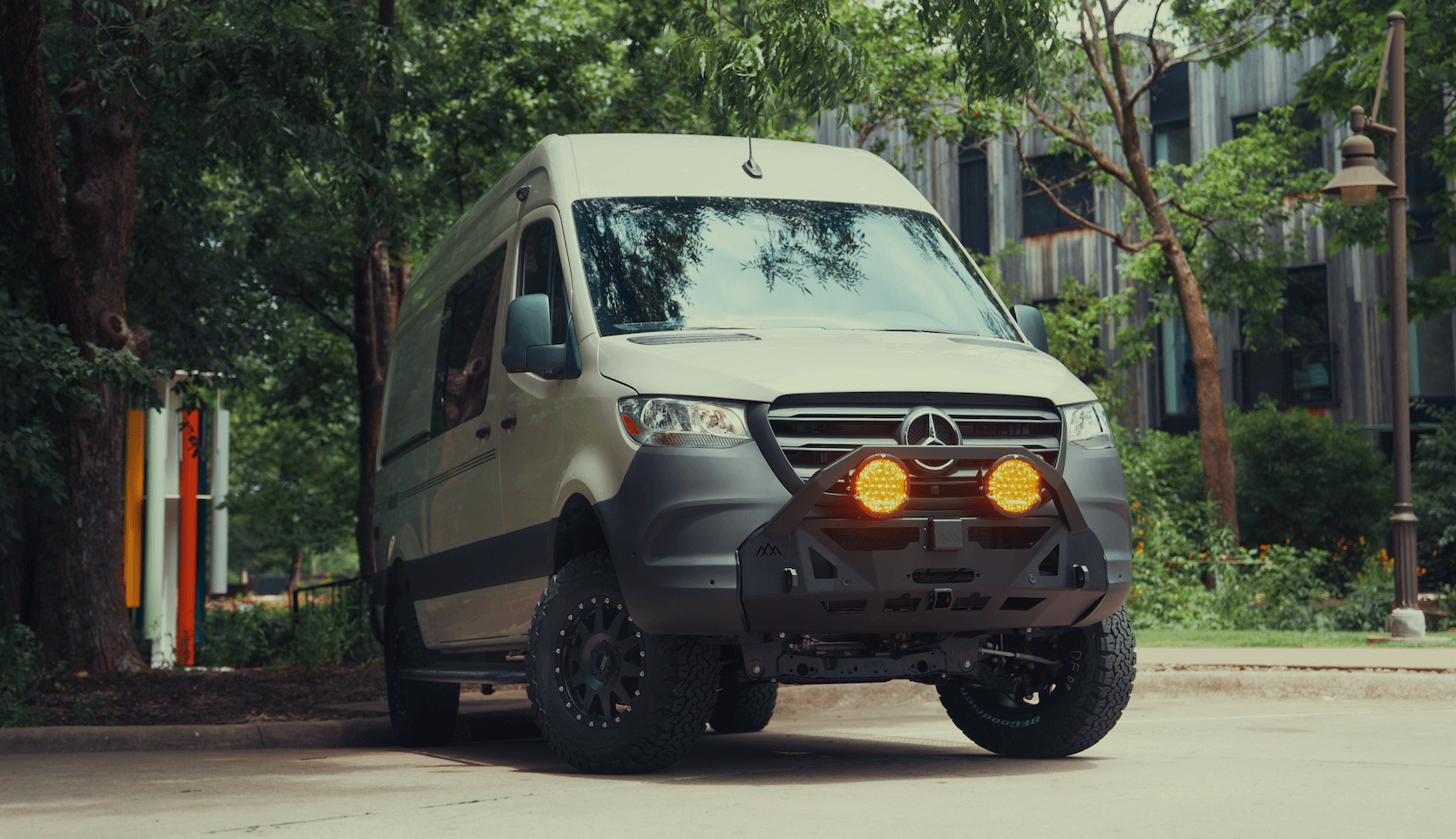Recreational Vans

If you are hunting for van museums and exhibits, start with three dependable homes. First are major automotive museums that curate rotating halls around design eras, coachbuilders, and utilitarian icons. These institutions often pull from deep archives, so a split window bus or a first gen camper conversion can appear beside iconic coupes and race cars to illustrate lifestyle shifts and engineering tradeoffs.
Second are transport museums with broader scopes, where delivery vans, postal vehicles, and people movers sit alongside trams and buses. These galleries tell how vans bridged urban logistics and family travel, highlighting durability, payload, and interior packaging. You will often see cutaway bodies that reveal insulation, frame rails, and early attempts at modular seating.
Third are brand archives and heritage collections. The best known house generations of light commercial vehicles, showing how a delivery panel morphed into a camper platform and later into adventure ready shells. Expect original brochures, color chips, and rare option packages that illuminate how small changes in wheelbase, roof height, and door layout affected real world use.
Do not overlook regional museums and private foundations. A small town collection might hold a period conversion van with airbrushed art and shag interior that never left the county, perfectly preserved by a patient owner. Even when the focus is not strictly vans, seasonal exhibitions and guest curators frequently assemble themed shows around road trips, surf culture, or utility design that put vans center stage.
Van museums and exhibits are about more than metal. Curators arrange stories you can walk through. A typical sequence starts with postwar delivery rigs and early people carriers, moves into the rise of the family road trip, and winds into the seventies custom scene before landing on modern camper conversions and electric platforms adapted for travel.
Common highlights you may encounter:
Interpretive panels often explain how vans balanced space, efficiency, and cost. You might find side by side displays of different roof heights to compare stand up room, or an exploded view of a camper system that reveals the weight distribution and mounting points. Listen for the audio guides that include owner recordings, which breathe life into long loop road stories and remote campsite nights.
Photography within exhibits can be a treat. Look for vantage points where reflective body sides catch signage and skylights, creating period correct ambiance. If tripods are restricted, brace against a railing and shoot at wider angles that capture context, not only the vehicle.
Because many van exhibits rotate, planning is your best friend. Scan museum calendars for special weekends, club meets, and pop up displays. A national bus gathering, a custom van reunion, or a design symposium can double your viewing opportunities. Some museums offer behind the scenes tours of storage facilities where additional vans rest between shows.
Build a loose itinerary:
Use the exhibit to build knowledge. Pay attention to wheelbase numbers, roof heights, and payload ratings noted on placards. Compare how different layouts solve sleeping, cooking, and gear storage. Notice how insulation, window placement, and ventilation affect comfort in hot or cold climates. Keep a pocket notebook or voice memo for dimensions and ideas you want to try in your own future camper.
Bring questions for docents. Ask which vans are driven for demonstrations, what is original versus restored, and how the museum sources rare conversion parts. If a display shows a power system, note battery chemistry, charging methods, and weight. For off pavement rigs, observe approach angles, tire sizes, and underbody protection. These details can shape a real world travel plan later.
Photography etiquette matters. Respect barriers, avoid leaning on vehicles, and watch bag straps near paint. Many museums allow photos for personal use but restrict flash. If you hope to share images online, credit the museum and the exhibit title to help other travelers find it.
After you have spent time studying layouts, materials, and the history of camper design, put those notes to work. If you want a build that blends the charm of a classic exhibit with the reliability of a modern platform, talk through your travel style with a professional team that lives this world day to day. A clear conversation about stand up room, sleeping orientation, gear hauling, and off grid power will turn the lessons you gathered in the galleries into a plan that fits your routes and seasons.
At OZK Customs in Fayetteville Arkansas, we design complete custom builds and partial upfits for travelers who want a dialed setup instead of a museum piece. Our approach starts with listening, then we translate your must haves into structure, cabinetry, power, and water systems that match your use. Visiting from out of state is simple thanks to our central location and airport access, and you can stage at our Adventure Point lounge to test systems before rolling out.
Ready when your notes are. Bring the dimensions, photos, and sketches you collected during your van museum visits. We will help you refine them into a practical spec and a handoff timeline that gets you on the road with confidence.
Your next chapter does not belong behind a stanchion rope. Share your travel goals and we will build the rig that carries them. Submit the form and let OZK create a road ready plan around your routes, seasons, and crew size.
Ready to turn exhibit inspiration into a road ready build? Share your vision and timeline. OZK Customs designs and delivers complete or partial van upfits that match how you travel. Submit the form and let our team map the build path, budget, and handoff at our Fayetteville shop.
ADDRESS:
6159 E Huntsville Rd, Fayetteville, AR 72701
PHONE:
(479) 326-9200
EMAIL:
info@ozkvans.com